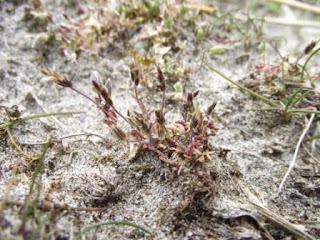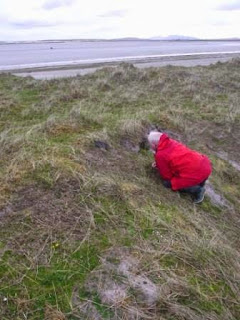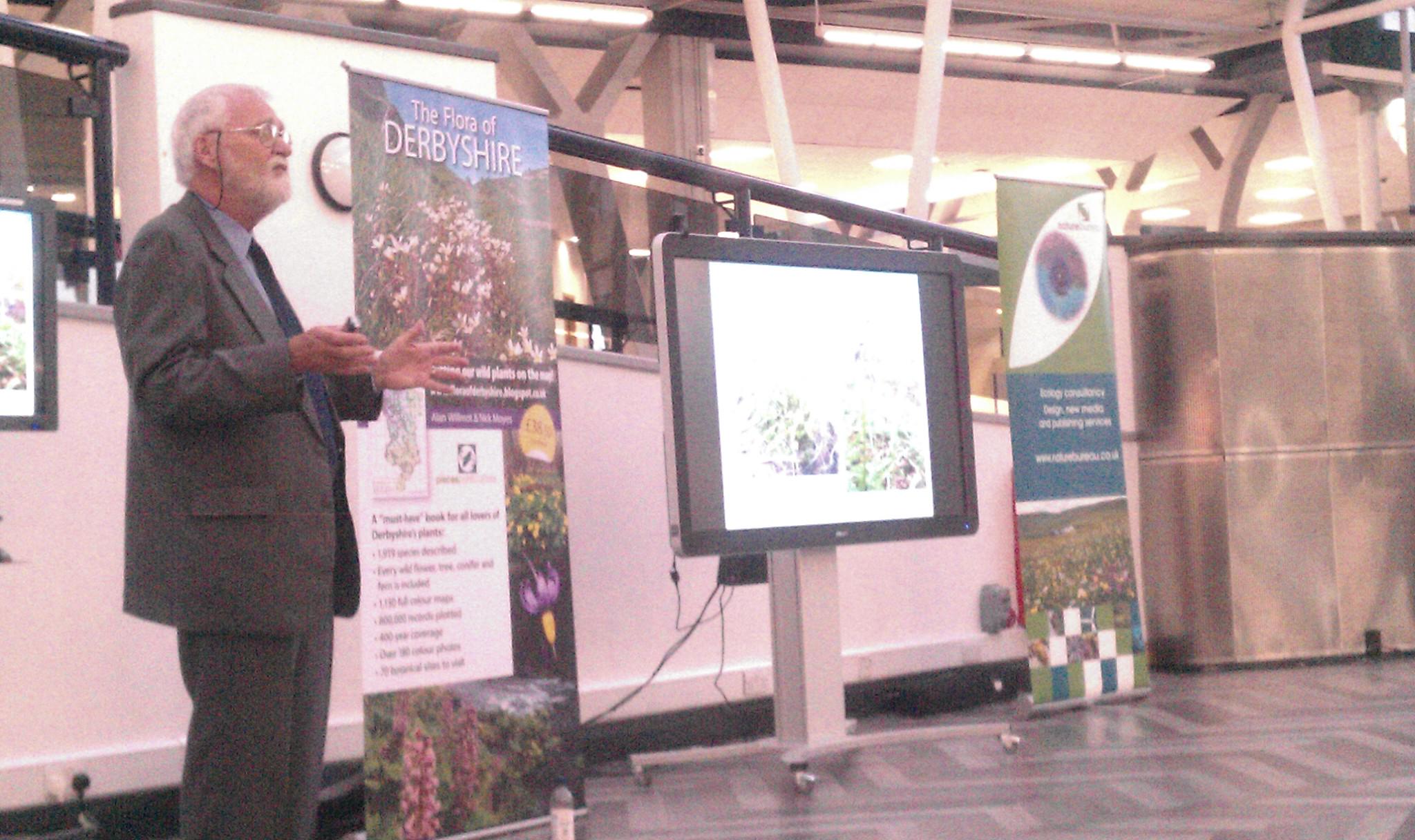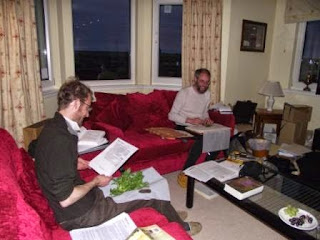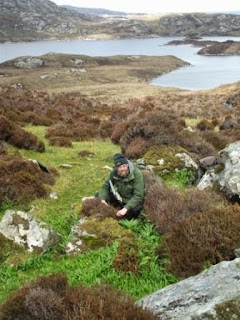It was very hectic but fortunately I was working alongside Ryan Clark, known to many of you as the Co-ordinator of this year's New Year Plant Hunt and also the newest addition to BSBI's Meetings & Communications Committee.
So he and I spent the day talking about wildflowers to a range of people from children to tourists visiting the Museum to members of other conservation organisations. We enjoyed telling everyone about the benefits of BSBI membership and we also had a Plant ID Quiz on our stand.
Coltsfoot (used in 'cigarettes' during World War II and also known in herbal medicine as an asthma cure); and
Common Sorrel (as featured in Salmon with Sorrel Mousse. Yum.).
We also included a species of Hypericum and a sedge to test people's vegetative ID skills. And we exhibited three specimens from the Carrot Family - a live plant of Cow Parsley, augmented by herbarium sheets of Hemlock (the poison which did for Socrates) and Spignel (delicious but rare) - to illustrate the importance of knowing your plants. These three plants look similar, with their feathery or dissected compound leaves, but eating them would have very different effects!
And although we enjoyed seeing NHM staff members having a go at the quiz, we didn't allow them to enter. Fred Rumsey (above on right) and Mark Spencer are also BSBI members and expert botanists so they jolly well ought to know what our plants were (and they did!).
Fred and Mark's stand (below) had herbarium sheets of orchid specimens - collected back in the pre-Schedule 8 days when there were enough orchids around that it was ok to pick them. How times have changed, and nowadays we all adhere strictly to the BSBI Code of Conduct!
Ryan and I were both exhausted by the end of the day but it was great fun talking to so many people. Let's hope that a few of the children we spoke to feel inspired to keep on engaging with the natural world. Maybe we'll see some of them joining BSBI at some point in the future. What's that they say about little acorns...
All images taken by me and Ryan. Click on them to enlarge.


